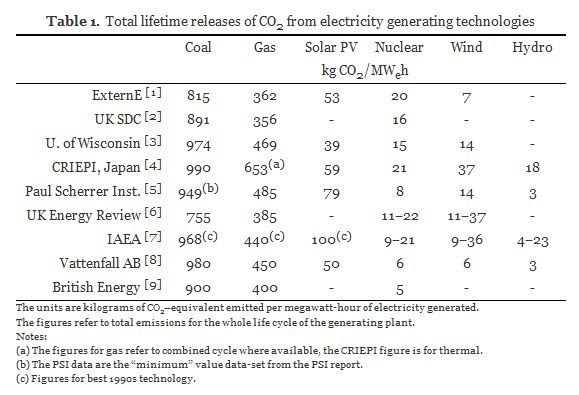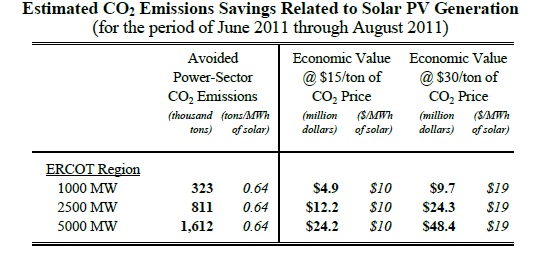Clean. Renewable. Green. Eco-friendly. All powerful phrases that are associated with Solar Energy. Why? What do these words mean and why are they relevant?
The legitimate concerns surrounding Climate Change have encouraged a strong push to find alternative methods of energy production. Since the start of the industrial revolution, anthropogenic forces have had drastic and seemingly long-lasting effects on the world. Green House Gas (GHG) emissions are one of the many pollutants produced from the burning of fossil fuels. While traditional sources of energy such as coal and natural gas are cheap and readily accessible, their conversion into energy is ‘dirty’ and problematic. With these methods come a wide array of complex environmental justice issues.

When evaluating energy conversion with regards to environmental pollutants, solar photovoltaics are an a liable option. The figure to the right compares CO2 emissions of solar photovoltaics to other relevant energy sources. The data concludes that while PV’s do not emit a lot of CO2, they are not the best option. Nuclear, Wind, and Hydro energy sources are consistently found to be a better option in consideration of solely CO2 emissions.
Life Cycle Assessment
CO2 SAVINGS

The figure to the right displays the CO2 savings in relation to solar PV generation in the ERCOT Region of Texas. It is worth noting that this region has a higher efficiency (kWh/m^2 per day) than many other parts of the United States. [1]
The left half of the figure demonstrates the amount of CO2 that the solar production replaced. The right half is extremely interesting because it calculates an economic value for the CO2 reduction. The SEIA assigned two different values for a ton of CO2 emissions and then calculated how much money this region would save. While there is some uncertainty in how to assign an economic value to CO2 emissions, the prices point out an extremely important point. Should CO2 emissions be priced and how would they? How can the market adjust to these prices that consumer wouldn’t typically account for? The answer is, governing bodies need to create policy that accounts for these issues. To find out more about how this links to policy, click here
Some QUICK FACTS:
•99 grams of carbon emissions are createdper kWh for solar power
•Approximately 6.9 x 10^-4 metric tons of CO2 are released for each kWh of electricity.
•If all electricity would be solar, then 21,672,420,991.7 metric tons of CO2 would be cut annually
For more information view: [1]
Author & Editor: Benjamin DeForest & Apratim Mukherjee

good ! i like it..